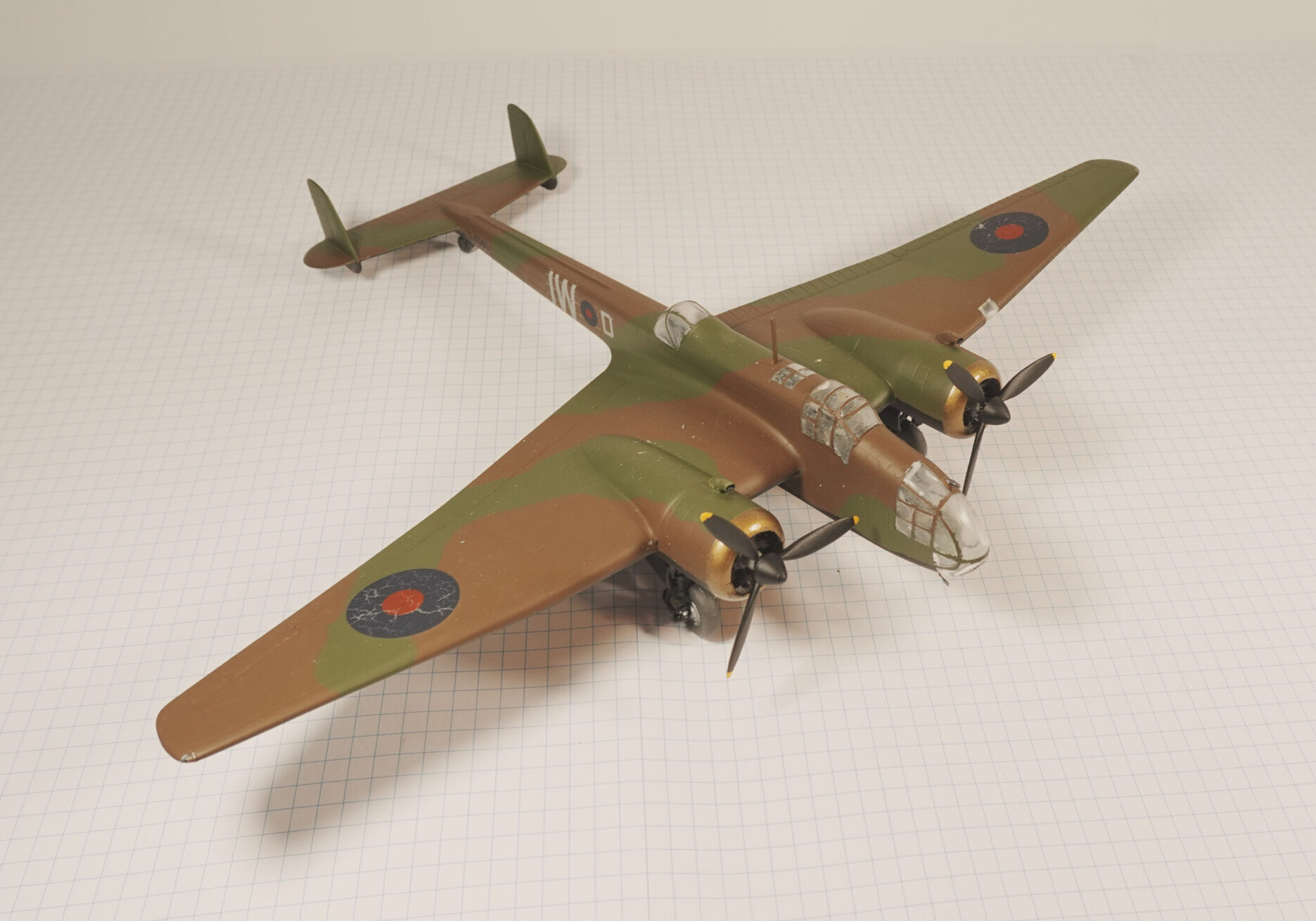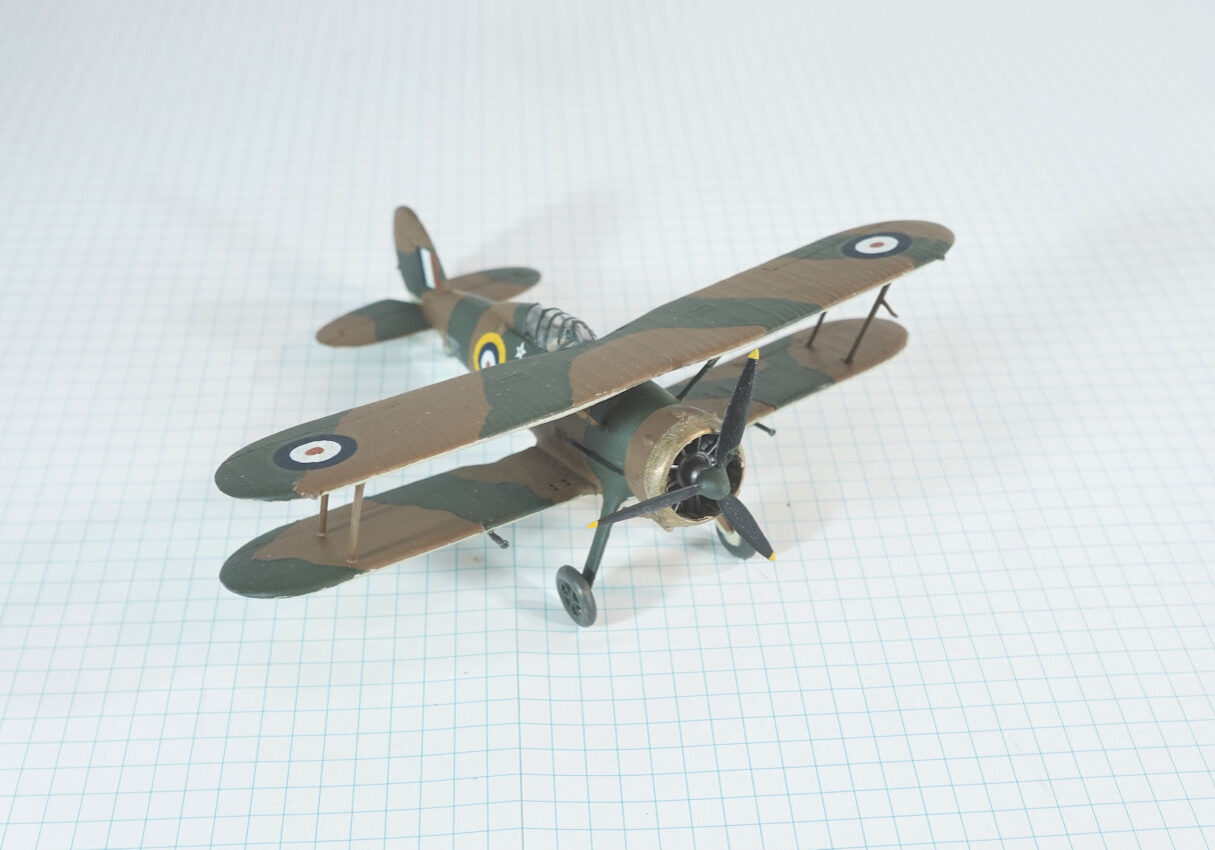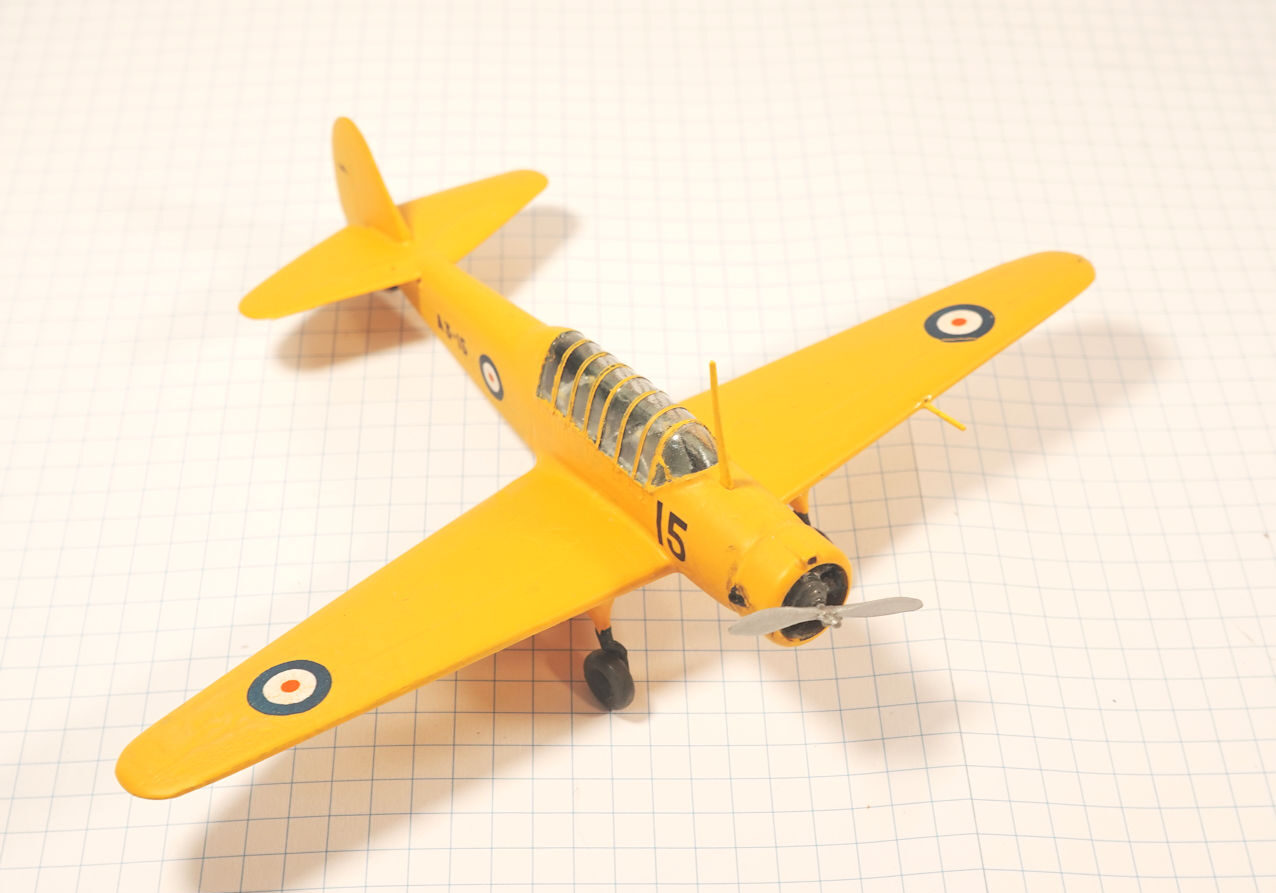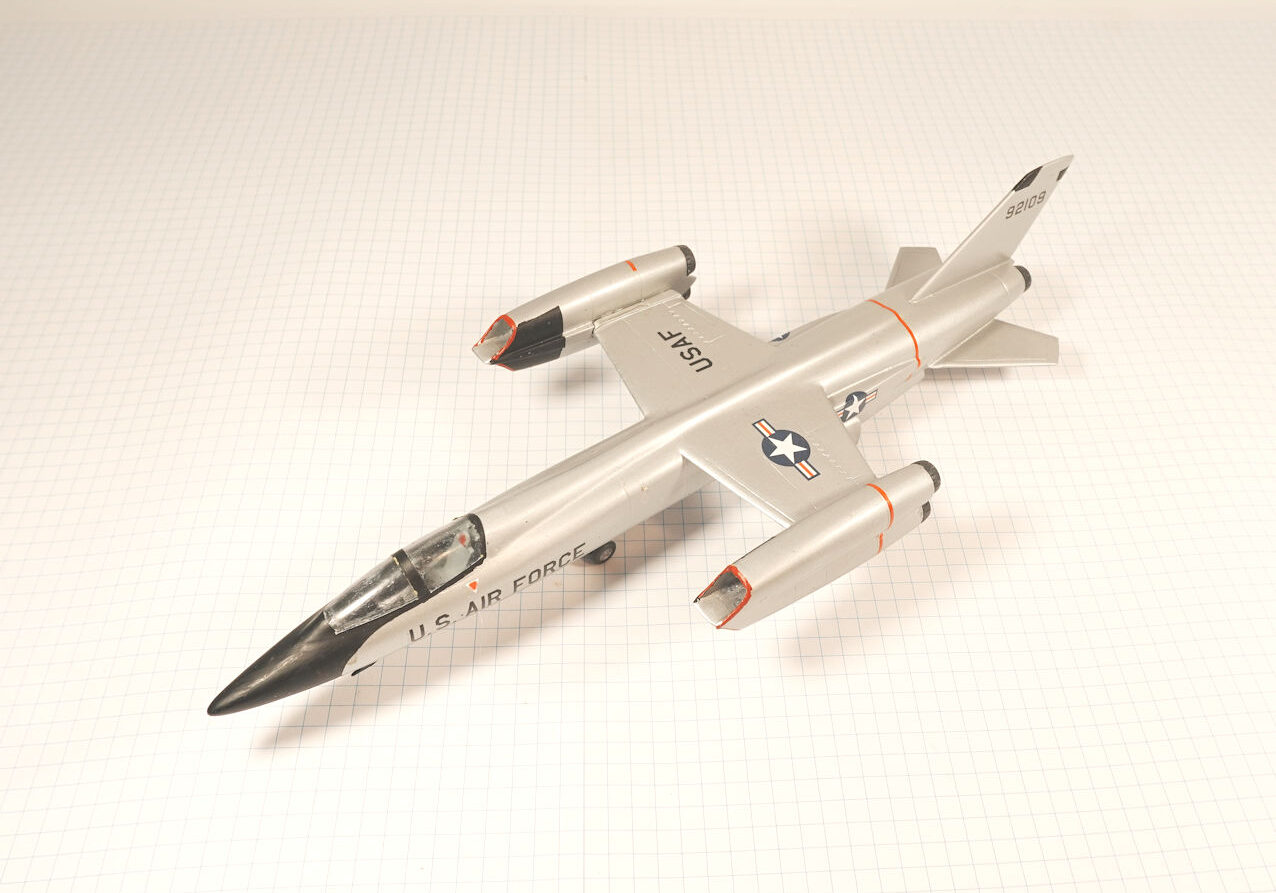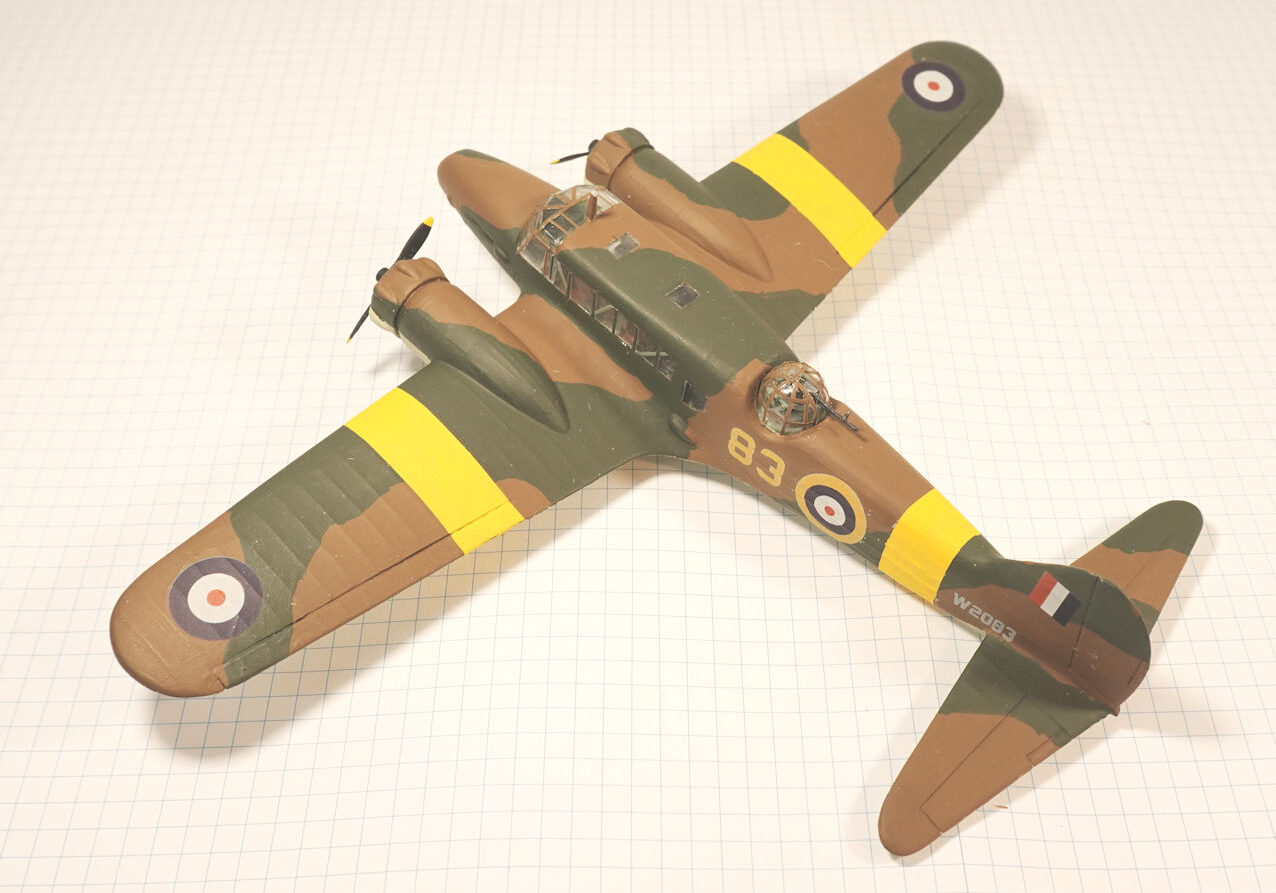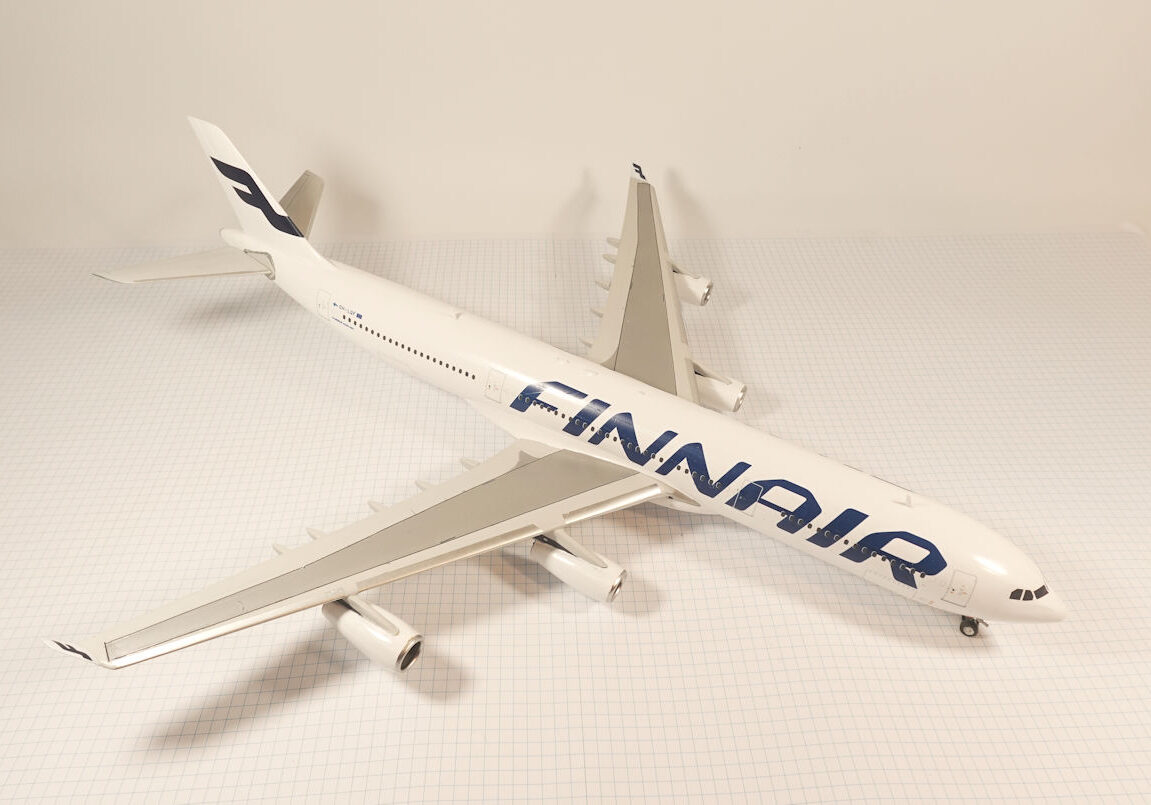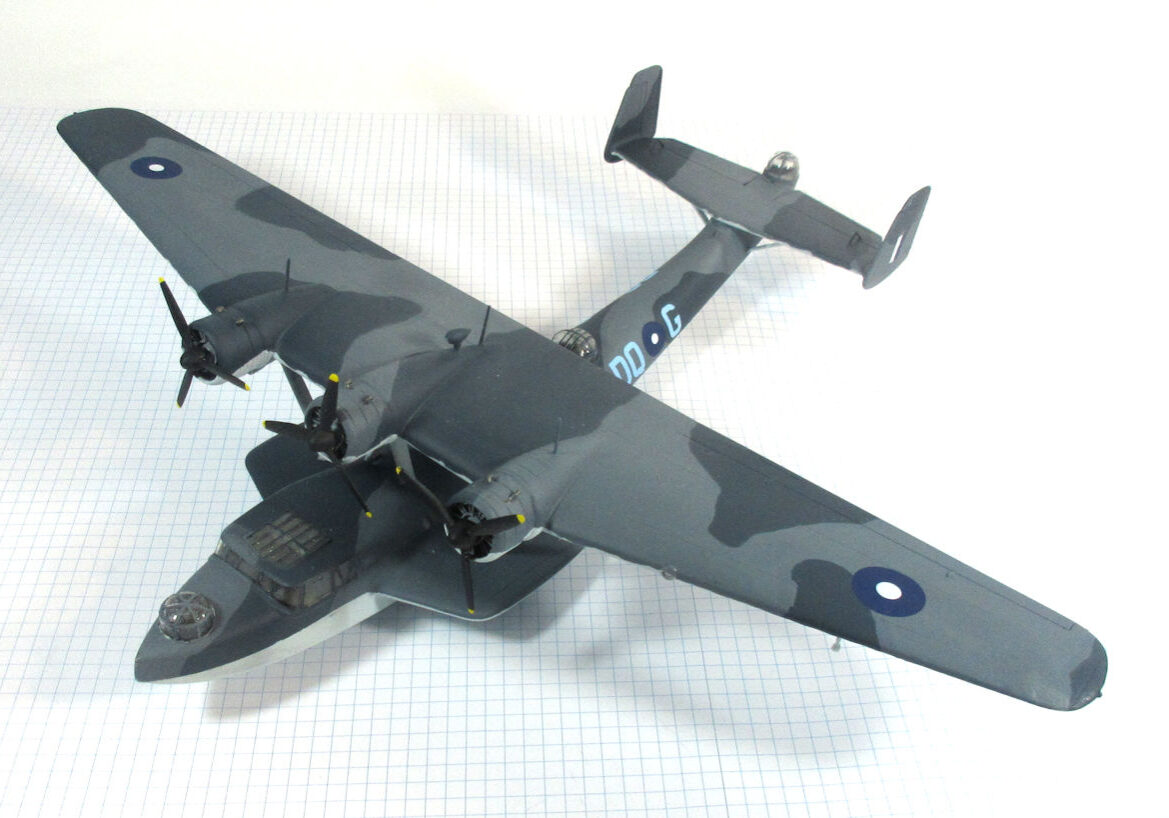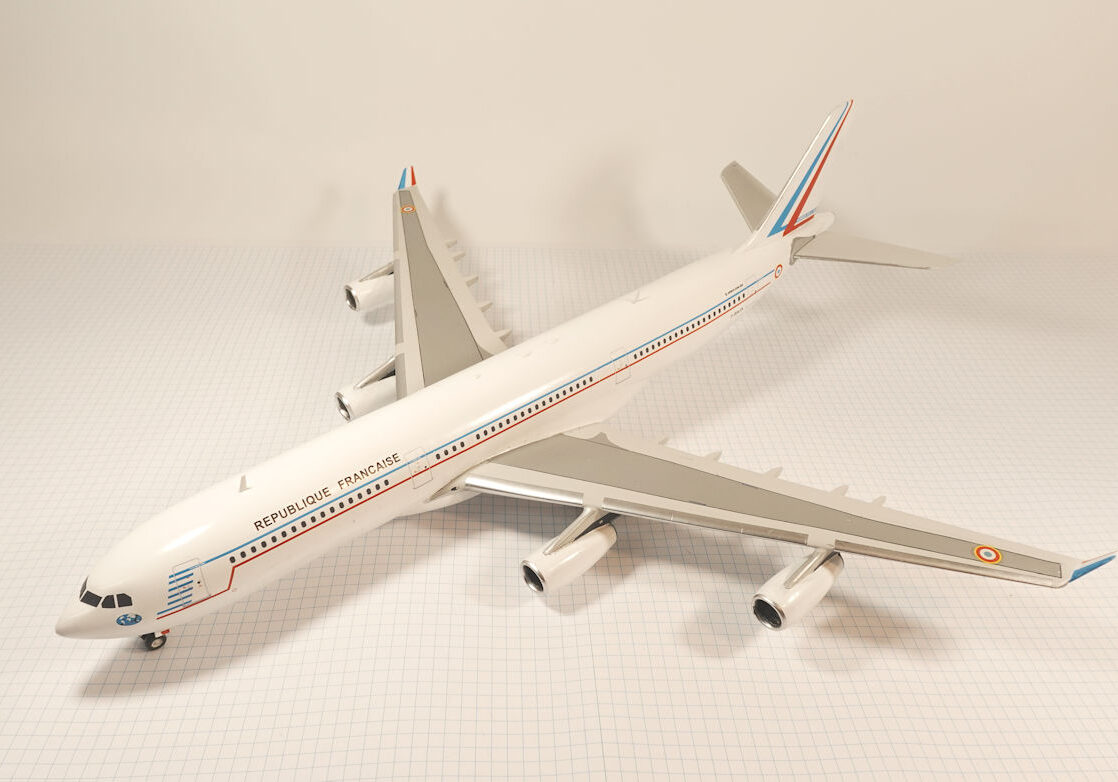History
The Gemini-Titan II system was the United States third step in achieving manned space flight.
During twelve Gemini missions from 1964 to 1966 many important techniques and systems were successfully tested.
The purpose of the Gemini missions was to conduct tests necessary to meet the United States goal of landing a man on the moon by the end of the 1960s.
The Titan II missile was the United States second generation ICBM, modified to launch the Gemini capsule.
The two man Gemini capsule was similar to the earlier Mercury capsules but with a separate Service Module housing many of the services necessary for long duration flights.
The first manned Gemini flight commenced on 23 March 1965 and in subsequent flights such techniques as rendezvous between space craft, dockings and extra-vehicular activities were all tested successfully.
This model represents Gemini XII, the final Gemini flight, launched on 15 November 1966.
Real Space Models 1/144 kit completed by Leigh Edmonds in September 2006.




